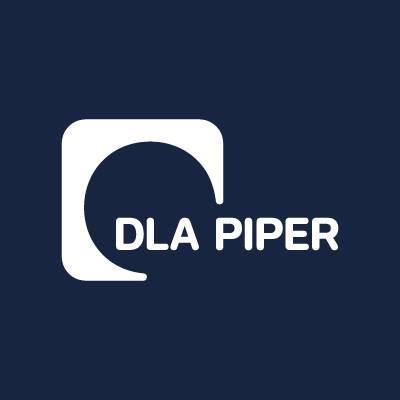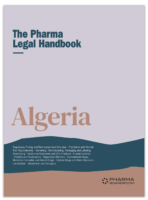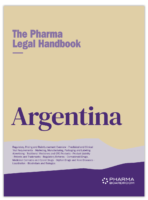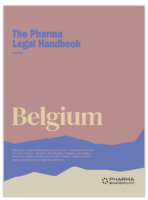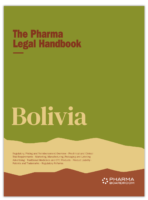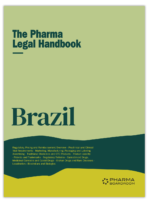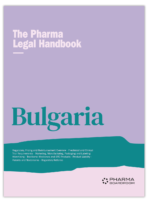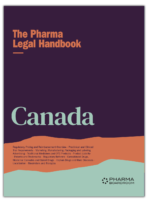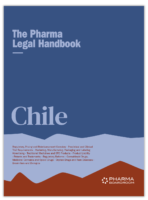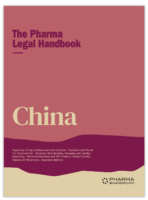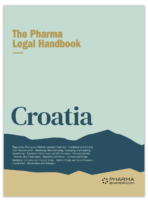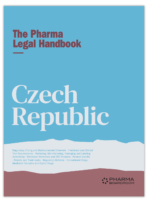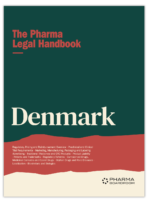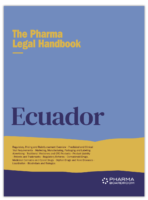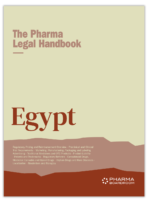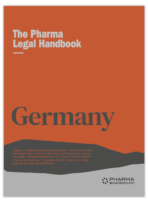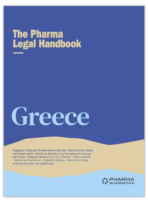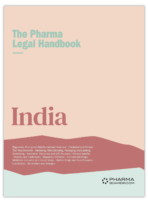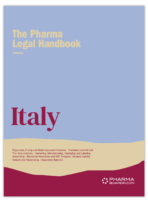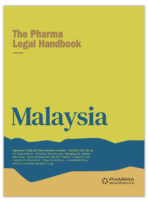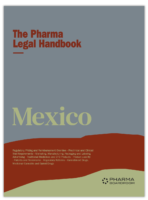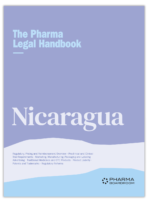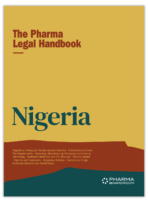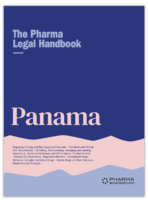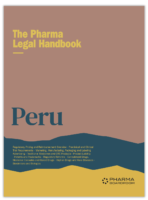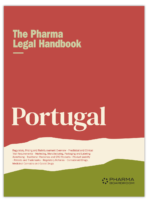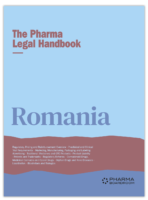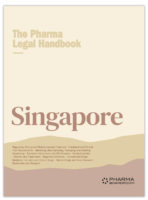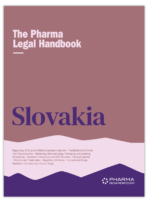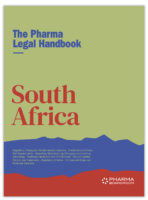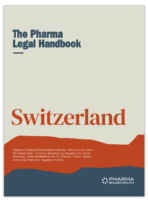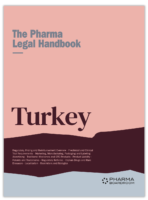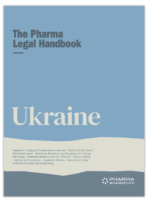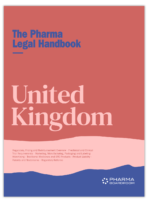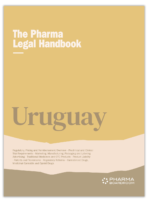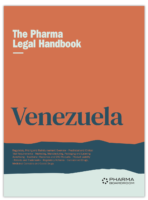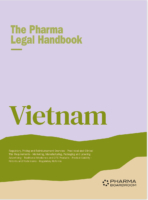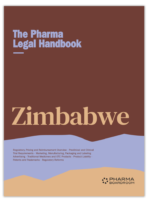Traditional Medicines and OTC Products
DLA Piper / Poland
The legal framework for traditional medicines and OTC products in Polish Pharma. Prepared in association with DLA Piper, a leading law firm in Poland, this is an extract from The Pharma Legal Handbook: Poland, available to purchase here for GBP 75.
1. What are the regulatory requirements for traditional, herbal, complementary, or alternative medicines and devices?
Pharmaceutical Law provides for a simplified procedure for the marketing authorization of herbal medicinal products, provided that they meet criteria for traditional herbal medicinal products:
- they have indications exclusively appropriate for traditional herbal medicinal products and, by virtue of their composition and purpose, can be used without the supervision of a doctor for medicinal, diagnostic or treatment monitoring purposes and meet the criteria of a medicinal product dispensed without a doctor’s prescription;
- they are exclusively for administration in accordance with a specified strength and posology;
- they are intended exclusively for oral, external or inhalation use;
- they were in traditional use in the period specified by the law (thirty-years period of traditional use, including at least fifteen years within the EU);
- the data on their traditional use are sufficient; in particular the product proves not to be harmful when used in accordance with the method referred to in point 2 and the pharmacological effects or efficacy of the medicinal product are plausible on the basis of long-standing use and experience.
The simplified nature of this procedure consists in limiting the obligation for such medicines to submit, as part of the registration application, documentation of study results to abstracts and pharmaceutical study reports (physicochemical, biological or microbiological), while excluding the obligation to submit documentation from clinical and non-clinical studies ( pharmacological and toxicological).
Under Pharmaceutical Law the homeopathic medicines:
- which are administered orally or externally,
- whose therapeutic indications are not given on the labelling or package leaflet,
- which have a sufficient degree of dilution to guarantee the safety of the medicinal product, i.e. they do not contain more than l/10,000th of the mother tincture or more than l/100th of the smallest dose of an active substance contained in a medicinal product issued on prescription
– are also subject to a simplified marketing authorization procedure. This procedure limits the scope of data that needs to be submitted in the application.
2. Can these traditional, herbal, complementary, or alternative products be advertised directly to the public?
Generally, advertising for such medicinal products is subject to the same legal provisions (in particular as laid down in the Pharmaceutical Law) like advertising for regular medicinal products (see the answer to question 17, on Marketing, Manufacturing, Packaging and Labeling Advertising). Advertisements for traditional herbal medicines must include the statement: “Traditional herbal medicinal product with specific indications resulting only from long-term use”.
3. What health, advertising, and marketing claims may be made for traditional, herbal, complementary, or alternative products?
Please see above the answers to questions 2 above, and question 17, on Marketing, Manufacturing, Packaging and Labeling Advertising).
4. What are the regulatory requirements for over-the-counter (non-prescription) medications?
OTC medicinal products follow the same procedural paths for authorization generally provided for other medicinal products (see under questions 2 and 3, on Regulatory, Pricing and Reimbursement Overview and questions 1 and 2, on Marketing, Manufacturing, Packaging and Labeling Advertising).
5. Are there any limitations on locations or channels through which OTC products may be sold?
OTC medicinal products can be sold by both pharmacies and certain non-pharmacies outlets (please see under question 14, on Regulatory, Pricing and Reimbursement Overview)
6. What health, advertising, and marketing claims may be made for OTC products?
Advertising of medicinal products, including OTC, is governed by specific provisions in the Pharmaceutical Law (for further details, please see the answer to question 17, on Marketing, Manufacturing, Packaging and Labeling Advertising).
7. Can OTC products be marketed or advertised directly to the public?
OTC products can be marketed and advertised directly to the public provided that the requirements for such activities are met (please see under question 17, on Marketing, Manufacturing, Packaging and Labeling Advertising).
8. What is the mechanism by which a prescription-only product can be converted to an OTC product?
There are several categories of availability of medicinal products, but the main distinction is between medicinal products dispensed on doctor’s prescription and non-prescription medicinal products (OTC). Category of availability of each medicinal product is indicated in its marketing authorization. Criteria for classification of medicinal products into a particular availability category are set forth in the Regulation of the Ministry of Health 13 November 2008 on the criteria for classifying a medicinal product into availability categories.
Medicinal products from the one availability category may be converted into another category upon assessment of the URPL. Where an application for a change of the availability category is based on reference to the results of clinical and non-clinical trials previously conducted for another drug by another marketing authorization holder, which obtained a change of the availability category on their basis, the application is suspended until one year from the first decision to change the availability category on the basis of these studies.
9. What are the requirements for the importation of either traditional medicines or OTC products?
Import of traditional medicines and OTCs must comply with the same requirements generally provided for imports of medicinal products.
Import of medicinal products is defined as any activity involving bringing in a ready-to-use medicinal product from outside member states of the European Union and member states of the European Free Trade Association (EFTA) – parties to the Agreement on the European Economic Area, including storage, quality control on batch release and distribution. Importation of medicinal product requires obtaining a proper import authorization accordingly to Art. 40 of the Pharmaceutical Law. As a rule only authorised medicinal products may be imported.
There are certain exception from the rule that only authorized medicines may be imported, namely:
- It is possible import of a medicine not-authorized in Poland for an individual patient from a foreign country at which this medicine is authorized. In a nutshell, the product is imported by the wholesaler at a hospital’s or doctor’s request, approved by the Health Consultant and the Minister of Health, and delivered to a hospital pharmacy or retail pharmacy;
- The Minister of Health, and as regards veterinary medicinal products, on the request of the Minister of Agriculture, may, in the event of a natural disaster or other danger to human or animal life and health, approve for sale for a specified term medicinal products that are not authorised.
- The Minister of Health, and as regards veterinary medicinal products, on the request of the Minister of Agriculture, may, in the event of a natural disaster or other danger to human or animal life and health, consent to the import, of a medicinal product that at the same time:
-
- has the marketing authorization in Poland,
- is approved for sale in the state from which it is imported,
- is not available on the territory of the Republic of Poland
– on condition that a medicinal product having the same active substance(s) and the same strength and form as the imported medicinal product is not available on the territory of the Republic of Poland.
For requirement for parallel import of the medicinal products please see answer to question 7, on Marketing, Manufacturing, Packaging and Labeling Advertising).





